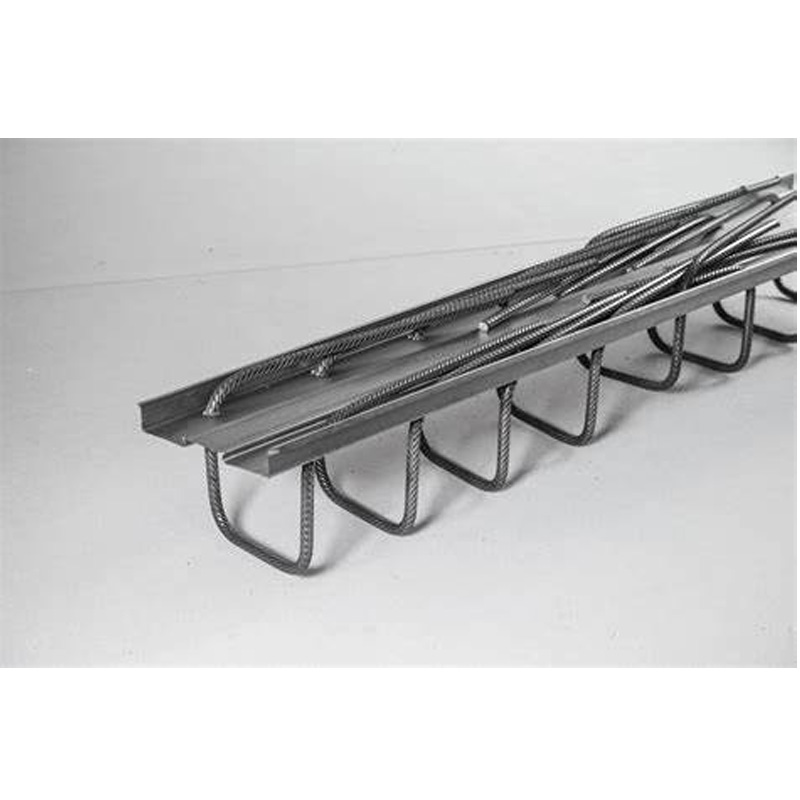
- Mobile Phone
- +8613931874955
- sales@cntcmetal.com
Understanding the Role of Butterfly Cavity Wall Ties in Structural Stability and Insulation
Understanding Butterfly Cavity Wall Ties An Essential Component in Modern Construction
In the realm of modern construction, ensuring structural integrity and energy efficiency is paramount. One pivotal component that plays a significant role in achieving these goals is the cavity wall tie. Among various designs available, the butterfly cavity wall tie has gained prominence for its unique features and advantages. This article explores the characteristics, benefits, and installation considerations of butterfly cavity wall ties.
What Are Cavity Wall Ties?
Cavity wall ties are essential components used in the construction of cavity walls, which consist of two separate layers of wall material – usually an outer layer of brick or masonry and an inner layer made of block or concrete. These ties connect the two layers, providing stability and helping to resist lateral loads caused by wind or other forces. Properly designed and installed ties prevent the walls from collapsing inward or separating, maintaining the building's overall structural integrity.
The Design of Butterfly Cavity Wall Ties
The butterfly cavity wall tie derives its name from its distinctive butterfly-like shape. Typically made from stainless steel or galvanized steel, these ties feature a webbed structure that disperses the load evenly across the wall. The tie’s shape provides multiple points of contact with both the inner and outer layers of the wall, ensuring a secure grip and reducing the risk of movement over time.
Benefits of Using Butterfly Cavity Wall Ties
1. Enhanced Load Distribution The unique design of butterfly ties allows for even distribution of loads, reducing stress on individual components of the wall. This is particularly important in high-rise buildings where wind loads are significant.
butterfly cavity wall ties

2. Corrosion Resistance Given that cavity wall ties often face harsh weather conditions, the use of stainless steel or heavily galvanized steel reduces the risk of corrosion. This longevity ensures that the structural integrity of the wall remains intact for years.
3. Thermal Performance Butterfly cavity wall ties can be designed to limit thermal bridging, which is the transfer of heat through building materials. By minimizing this bridge effect, these ties contribute to improved energy efficiency, thereby aiding in reducing heating and cooling costs.
4. Flexibility in Installation These ties can accommodate a range of wall widths due to their adjustable lengths. This versatility makes them suitable for various building designs and materials, facilitating seamless integration into a wide array of construction projects.
5. Ease of Inspection The visible nature of butterfly ties post-installation allows for straightforward inspection and maintenance, enabling quick identification of any potential issues before they escalate.
Installation Considerations
While butterfly cavity wall ties are advantageous, proper installation is critical to ensure their effectiveness. Contractors must adhere to manufacturer guidelines regarding spacing, embedding depth, and orientation. Generally, wall ties should be installed at specified intervals to provide adequate support while preventing moisture intrusion. Insufficient installation can lead to wall destabilization and moisture issues, undermining the intended benefits of the cavity wall system.
Conclusion
Butterfly cavity wall ties are an innovative solution that enhances the structural stability and longevity of cavity walls in modern construction. Their unique design, combined with their numerous benefits, makes them an optimal choice for builders looking to create durable, energy-efficient structures. As construction practices continue to evolve, the role of such specialized components will remain crucial in addressing the demands of contemporary architecture and building safety standards.
share:
-
Why Sacrificial Formwork Is Redefining Underground ConstructionNewsJun.06,2025
-
The Structural Dynamics of Modern Concrete: How Snake Spacers Revolutionize Flexible ReinforcementNewsJun.06,2025
-
Snake Spacers Smart-Lock Concrete Reinforcement with Surgical PrecisionNewsJun.06,2025
-
Snake Spacers: Reinforcement Precision for Modern Concrete ProjectsNewsJun.06,2025
-
Snake Spacers Powering Concrete's Structural DNANewsJun.06,2025
-
Slither into Success: Snake Spacers' Precision Bite for Unbreakable ReinforcementNewsJun.06,2025
-
Sacrificial Formwork: Building Stronger, Faster, and Safer StructuresNewsJun.06,2025



















